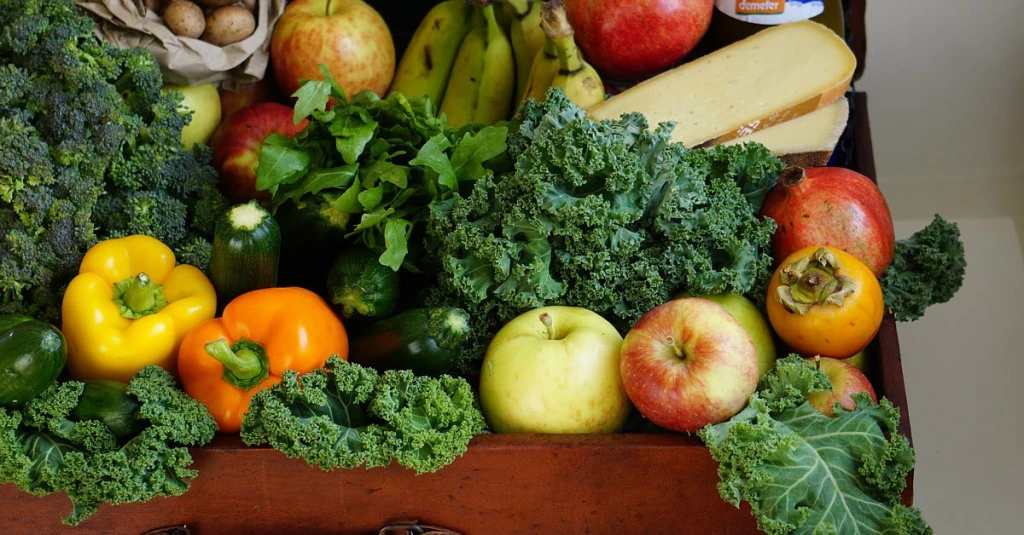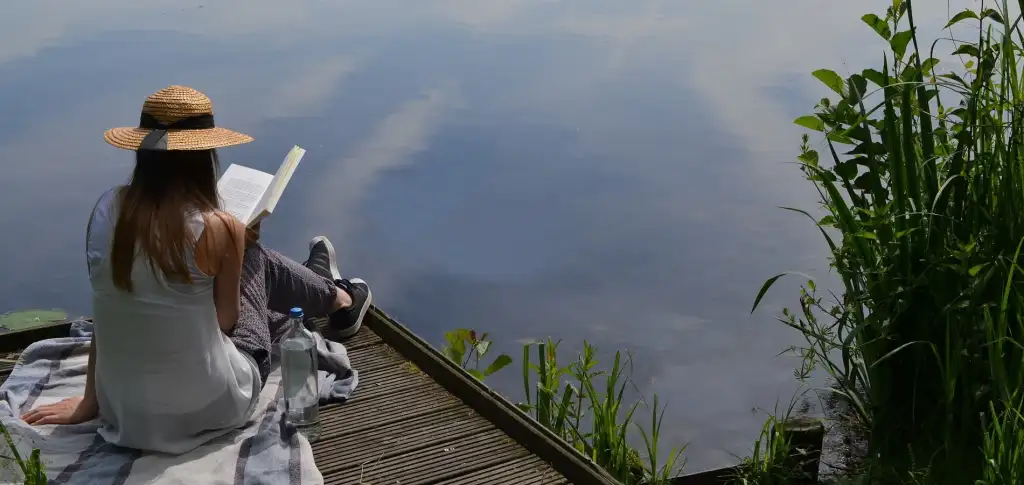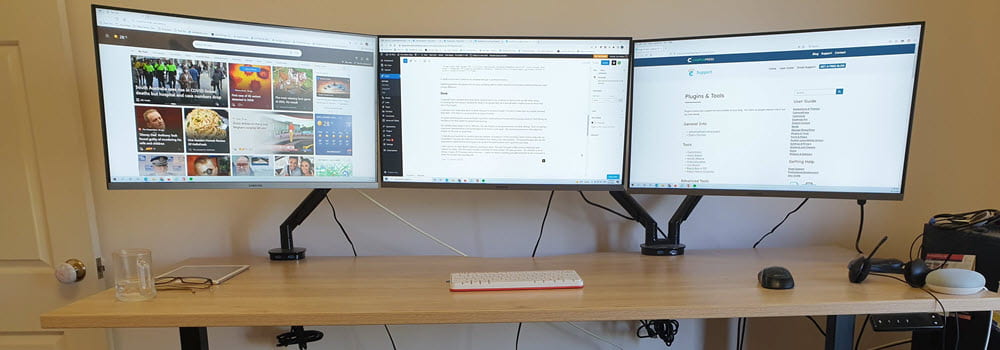30 days has September, April, June and November. Today is 31st May which means the Comment Challenge is coming to an end. Trouble is I’m still trying hard to complete my homework and would love your help!
Could you please share your “Top 5 lessons you learned from the Comment Challenge” — from anyone regardless of if you participated in the daily challenges.
Day 19: Respond to a Commenter On Your Own Blog
Responding back to comments on your own blog posts demonstrates you value your readers’ input and encourages further conversation leading to increased learning. How Tony Karrer responds back to comments on his Reframing Conference Social Tool Participation post is an excellent example of its benefits.
Day 20: Three Links Out
This task was based on Dave Ferguson “three links out” method to explore blogs that aren’t as familiar to you and hopefully on the third link a post that you want to comment on. Dave included his example of following the link from Cammy Bean post to Cathy Moore post ended at Tom Kuhlmann. Dave says “Often three links out will take me to unexpected places, like the surprisingly engrossing conversation you can have with the right stranger during a long flight”.
I’m sure Dave will understand when I say I decided not to do this task. My blog subscription is high already plus I visit blogs “new to me” and comment on them on a weekly basis. Definitely a great way to explore and find blogs if wanting to increase your blog subscriptions.
Day 21: Make a Recommendation
As Michele says “we’ll often recommend another blog, a post or a resource that we’ve read in our blog posts but we may not always do that in comments”. A common reason why people don’t recommend is they aren’t sure of how to add the link.
It’s easy when writing a blog post to add a link because you can use your visual editor but for comments to helps if you understand how to write the HTML code for the link.
Here is how you write the HTML code to add a link in a comment:
<a href=”http://theedublogger.edublogs.org/”>Welcome to the Edublogger</a> produces Welcome to the Edublogger. Most blogging platforms allow you to use HTML code to insert links (TypePad maybe is the exception?)
Day 22: Highlight a Favorite Comment
Just as I couldn’t give an award (for Day 15 task) to one or a few of my commenters I can’t highlight a favorite comment. I’m grateful whenever anyone takes the time to comment because each comment inspires me in different ways.
Day 23: What Makes a Great Comment?
Once again I’m just happy when someone does take the time to write a comment — that in itself makes a great comment. However Ken Allan’s 10 points for writing a great comment and Kirsti Dyer’s Thoughts on Being a Great Blog Commenter for Day 23 do provide some excellent tips. I’m also looking forward to reading Miss W. students thoughts on what makes a great comment.
Day 24: Comment on a Blog Written in a Foreign Language
I suggested this task because I have several readers that English is not their main language. As English bloggers we don’t realise we are being very English centric; expecting others to read our blogs in English while not reading their blogs written in other languages.
Fortunately Google translator is expanding languages translated so am now able to read
Day 25: Take a Break!
🙂
Day 26: Exploring Other Ways to Comment
I confess! I cheated on my homework!
Our task was to consider whether or not you think multimedia is a better option and how it might impact learning. I already had my own views on video and audio commenting but wanted to hear a range of thoughts so I asked my twitter network for their input. Here are their thoughts:
For
- Benefits those whose typing ability is limited but speaking ability isn’t – Lisa Parisi
- Video comments are fun to do. Audio not so much – Kathryn Greenhill
Against
- Bandwidth takes longer to get and absorb comment – Gary Barber
- Written very fast on uptake of comment. Easier to reply to written comments– Gary Barber
- Text of what you say isn’t indexable/searchable thus findable – Kathryn Greenhill
- Not every one has the hardware – James Kingsley
Video comments were popular during the Comment Challenge and you can check out participants thoughts on video commenting on these posts:
- Kate Foy’s Words and/or Moving Pictures
- Greg Schwartz’s New Feature Video Commenting
- Kevin’s Comment Challenge Video
What I liked about the video comments was it gave me greater insight into each person.
I also really loved:
- Kevin’s Comment Challenge as a SketchCast
- Claire Thompson’s Enough Texty Already (a reflection of what the Comment Challenge has meant to her using SketchCast)
Day 27: What Do You Communicate About Your Personal Brand Through Comments
Personal branding made some Challenge participants feel uncomfortable which lead to a great conversation about branding, online identity and voice. I’m very conscious of the need of personal branding and having a recognisable online identity.
Developing our own unique identity is an important part of being online which we don’t always appreciate when we first start setting up our online accounts. Personal connection is really important for interacting online. The better others can visualize you as a real person the more likely they will be to want connect and network with you. Tips for creating online identity are covered in my Is Your Photo Avatar Making You Look OLD? post.
My tips for creating online identity when commenting are:
1. Have one online identity across all accounts
Using one online identity makes it easier for others to connect and relate to you. When starting out we often feel nervous about using our own identity but it is much easier to relate to real names. My username was originally dswaters — which is rather meaningless and if a person wanted to respond they had to work out who I was (and what gender). My solution has been to:
- Set my Edublogs account to my preferred name i.e. Sue Waters
- Use NAME/URL option, if available, when submitting my comments on blogger blogs
- When NAME/URL option isn’t an option on a blogger blog I sign the bottom of my comment with Sue Waters, add my blog name below and have edited my blogger profile to link to my blog.
2. Ensure consistent voice in writing posts and commenting
“Voice” is the emotions, imaginary and feelings we convey mainly in the text we write. Blogging is about creating our own unique, authentic voices that distinguishes us as who we are and what we stand for. We do need to be very careful with our voice because:
- The visual image people have of us will depend on the level/types of interactions and whether it is based solely on text
- Written text can easily be misinterpreted (as can what we don’t say can be misinterpreted). For example what we think as humor may be wrongly interpreted.
When you write comments remember to make sure your voice is consistent with how you post. Try not to let yourself down by saying something inappropriate in a comment that you wouldn’t say in a blog post.
Challenge we face is over time our readers build a picture of who we are and what they believe we stand for. This a gradual process that happens as a result of them interacting with our blogs. When we write comments on other people blogs — the blogger and their readers don’t necessarily have that image already created so it is easier for them to make erroneous decisions on who you are based on your comments.
Day 28: What’s Your Blog Commenting Strategy?
Okay this task made me feel uncomfortable. I don’t like to think of commenting as a strategy rather a very important part of my daily routine for two main reasons:
- It’s an important part of my personal learning; my learning is enhanced by reading other people’s post and interacting through commenting.
- Over the years people have supported and mentored me so I like to pay this back by supporting others especially new bloggers.
I comment when:
- I agree and want to extend
- I disagree and want to share my opinion
- I want to support a blogger (especially a new blogger) but try to do it in a way that extends the conversation
- I want to thank a blogger when they link to my posts
Day 29: Write a Commenting Guide for Students
Since challenge participants have worked hard of creating Commenting Guides for students I decided that I would tackling this task by listing their resources for others to check out:
- Kirsti D. Dyer Commenting Guide for Online students (College and Graduate) based on her Six C’s on Being a Great Blog Commenter combined with her current Discussion Board Guide and Grading Rubric.
- Kevin shared Youth Radio Blog Netiquette developed by Gail Desler which has some great suggestions for writing comments. He also highlighted Paul Allison hyperlinked document to use as a template which allows students to get a feel for commenting.
- Ines Pinto explains how she has talking to her students about the “concept of brand” and how shocked they were to realise what they share online in their youth can impact their adult life. She’s considering inviting some ex-students to talk her current students in the form of a series of recorded interviews. From this the students could work collaborately to create their own Commenting Guidelines.
- Ken Allan created Homer 8 Comment Tips and U Comment 5 Ways — I think the younger students will really love Ken’s guides (especially Homer) .
- Dani’s Commenting Guide for College Students – Dani’s a librarian and archivist at an academic library.
- Sue Wyatt’s created an online survey for her students using Google Documents so the students can share their ideas on comments and what makes good ones. She plans to use the results from her survey to create her Commenting Guide for Students.
FINAL THOUGHTS
It’s almost a wrap 😦 . And would like to complete my final post by sharing your “Top 5 lessons you learned from the Comment Challenge” — from anyone regardless of if you participated in the daily challenges.





Leave a comment